CJC-1295, GHRP-6 10mg (Blend)
SKU
$85.00
Size: 10mg
Contents: CJC-1295 with DAC 5mg, GHRP-6 5mg
Form: Lyophilized powder
Purity: >99%
CJC-1295 & GHRP-6 blend is Synthesized and Lyophilized in the USA.
CJC1295, GHRP6 10mg blend is a combination of GHRP-6 a peptide with growth hormone-releasing hormones (GHRH) and CJC1295 an artificial growth hormone-releasing hormone. These are frequently combined to increase hormone levels and help with cell repair, aid weight loss and increase metabolism. Both are research peptides and still being examined.
PRODUCT USAGE WARNING : This PRODUCT IS INTENDED AS A RESEARCH CHEMICAL ONLY. This designation allows the use of research chemicals strictly for in vitro testing and laboratory experimentation only. All product information available on this website is for educational purposes only. Bodily introduction of any kind into humans or animals is strictly forbidden by law. This product should only be handled by licensed, qualified professionals. This product is not a drug, food, or cosmetic and may not be misbranded, misused or mislabled as a drug, food or cosmetic.
Description
BUY CJC-1295 GHRP-6 BLEND PEPTIDE FOR SALE ONLINE
CJC-1295 & GHRP-6 Peptide Blend
Research indicates that peptides CJC-1295 and GHRP-6 may exert potential action on growth hormone release. When presented as a blend, they may possibly induce synergistic action, stimulating an organism’s synthesis and secretion of growth hormones. This peptide blend may possibly help repair mild injuries associated with muscles and surrounding ligaments.
GHRP-6 peptide is a synthetic six amino acid peptide analog of ghrelin, a naturally occurring peptide that is considered by scientists to stimulate the secretion of growth hormones and help maintain their concentrations.To do so, researchers hypothesize that it may activate what is known as the growth hormone secretagogue receptor (GHS-R1a). In terms of structure, GHRP-6 does not appear to share any homology with ghrelin despite its affinity to the receptors, but instead it appears to be an opioid analog of the peptide Met-enkephalin. Yet, researchers suggest it lacks the opioid activity which is typically associated with these enkephalins. Thus, GHRP-6 is a synthetic hexapeptide that researchers have classified in the group of growth hormone secretagogues (GHSs).
CJC-1295 GHRP-6 Blend Peptide For Sale online only at USA Peptide Store where you can buy USA Research Peptides online. Shop over 100 research peptides online now for fast shipping and the best deal! Buy in bulk and Save! USA Peptide Store Your #1 Trusted USA Research Peptides Supplier.
If this product does not meet your needs or interests, you may want to look at CJC-1295, Hexarelin 10mg (Blend). Please visit this link for further information on our HGH Peptides and Peptide Blends.
CJC-1295, also referred to as tetra-substituted GRF (1-29), is a synthetic peptide analog of the naturally occurring growth hormone-releasing hormone (GHRH), which is believed by researchers to trigger the release of growth hormones. It is essentially equivalent to the shortest chain of amino acids that may potentially attach to the GHRH receptors, which are the first 29 amino acids of GHRH. The key structural distinctions between CJC-1295 and GRF (1-29) are found in four altered amino acids of the original 29 amino acids of GHRH. These modifications involve the 2nd, 8th, 15th, and 27th amino acids, and may potentially enhance the peptide’s resistance to degradation by the enzyme dipeptidyl peptidase-4. Specifically, the modifications include:
- The substitution of L-alanine with D-alanine at the 2nd position which is believed to increase resistance to molecular breakdown.
- Replacing asparagine with glutamine at the 8th position which may potentially reduce asparagine rearrangement and amide hydrolysis.
- The replacement of glycine with alanine at the 15th position which is hypothesized to augment bioactivity.
- Changing methionine with leucine at the 27th position which is posited to inhibit methionine oxidation.
Chemical Makeup
Molecular Formula:
CJC-1295 peptide: C152H252N44O42
GHRP-6 peptide: C46H56N12O6
Molecular Weight:
CJC-1295 peptide: 3367.9 g/mol
GHRP-6 peptide: 873.0 g/mol
Other Known Titles:
- Growth hormone-releasing hexapeptide
- CJC-1295 with DAC
- CJC-1295 without DAC
Both forms of the CJC-1295 peptide essentially exert the same action; however, the addition of DAC (known as the drug affinity complex) appears to change the duration of the action of the peptide. CJC-1295 with DAC may have a longer-lasting action than CJC-1295 without DAC. This could be attributed to the proposed ability of the DAC to attach itself to proteins in the plasma. Specifically, the DAC element involves the connection of a lysine derivative, namely N-epsilon-3-maleimidopropionamide, to the C terminus of CJC-1295. The fusion of this altered amino acid sequence with the DAC element may possibly boost the pharmacokinetics of CJC-1295, prolonging its coexistence with plasma proteins to roughly 8 days, while concurrently preserving a noticeable affinity towards GHRH receptors, akin to the affinity demonstrated by CJC-1295 without DAC.
CJC-1295 & GHRP-6 Peptide Blend
The CJC-1295 & GHRP-6 blend have been posited by researchers to display a likely synergistic effect on cells that participate in the release of growth hormone. More specifically, the mix includes CJC-1295, which appears to be similar in action to growth hormone-releasing hormone (GHRH), and GHRP-6 (Growth Hormone Releasing Peptide 6), which appears to bind to the receptors of the hunger hormone ghrelin.This combination of peptides may possibly increase both the strength and the number of growth hormone signals from somatotroph cells. This combined effect is thought to happen as CJC-1295 appears to target the GHRH receptor pathway, while GHRP-6, is considered by researchers to act on the ghrelin receptor pathway. This may explain why the combination of CJC-1295 and GHRP-6 exhibits potential to interact with somatotroph cells in the pituitary gland and the hypothalamus. Both of these regions in the central nervous system are considered to be comprised of cells that are believed to be important in making and controlling growth hormone synthesis.
CJC 1295 Specifications
MOLECULAR FORMULA: C152H252N44O42
MOLECULAR WEIGHT: 3647.954 g/mol
SEQUENCE: H-Tyr-D-Ala-Asp-Ala-Ile-Phe-Thr-Gln-Ser-Tyr-Arg-Lys-Val-Leu-Ala-Gln-Leu-Ser-Ala-Arg-Lys-Leu-Leu-Gln-Asp-Ile-Leu-Ser-Arg-Lys(Mal)-NH2
PUBCHEM: CID 56841945
RECONSTITUTION: Required
OTHER: DOES NOT CONTAIN DAC
GHRP-6 Specifications
MOLECULAR FORMULA: C46H56N12O6
MOLECULAR WEIGHT: 873.032 g/mol
SEQUENCE: His-D-Trp-Ala-Trp-D-Phe-Lys
PUBCHEM: CID 9919153
RECONSTITUTION: Required
Structure of CJC-1295 & GHRP-6 Blend
CJC-1295, or tetra-substituted GRF (1-29), is a synthetically developed peptide equivalent to the naturally occurring GHRH hormone. It includes the smallest possible chain of amino acids that might connect to the GHRH receptors, and comprises the initial 29 amino acids of GHRH. The primary structural differences between CJC-1295 and its naturally occurring GHRH equivalent lies in 4 substituted amino acids of GHRH’s original 29 amino acids, to possibly enhance the peptide’s resistance to breakdown by the enzyme dipeptidyl peptidase-4. More specifically, the amino acids that have been altered and substituted are the 2nd, 8th, 15th, and 27th amino acids. Further, the researchers commented, “CJC-1295 caused an increase in total pituitary RNA and GH mRNA, suggesting that proliferation of somatotroph cells had occurred, as confirmed by immunohistochemistry images.” CJC-1295 appears to bind to and interact with the receptor of GHRH in the anterior pituitary gland. It can potentially maintain the pulsatile production of growth hormone (GH), improving overall physiological levels.
GRHP-6, on the other hand, is an opioid analog of the peptide Met-enkephalin. Yet, researchers suggest it lacks the opioid activity generally associated with these enkephalins. GHRP-6 is a synthetic hexapeptide that researchers have categorized as a hormone-releasing peptide. It has been suggested to exhibit action by possibly attaching to the ghrelin receptor found on pituitary cells and specific neurons in the hypothalamus. When it binds, GHRP-6 appears to activate what is known as the growth hormone secretagogue receptor (GHS-R1a).
Thus, it has been studied concerning its interaction with the growth hormone secretagogue receptor. GHRP-6 appears to act by the molecular mimicry of the hormone ghrelin, potentially causing a stimulation of the growth hormone secretion. Since growth hormone receptors are present in many cells, the impact of GHRP-6 may be widespread. These actions may include immune system strengthening, caloric burning, increase in collagen production, regulation of sleep cycles and cognitive function, and possible increased sexual arousal and mood.
CJC-1295 & GHRP-6 BLEND
The attachment of CJC-1295 seems to initiate processes that result in the discharge of growth hormone (GH) from small sacs within somatotroph cells. Scientists suggest that this peptide may potentially enhance the growth hormone production by these cells, thereby possibly resulting in elevation of “GH concentrations by 2- to 10-fold.” Moreover, the increase in growth hormone appears to be sufficiently lasting to cause a potential increase in some of the main anabolic mediators of the hormone, such as the so-called insulin-like growth factor 1 (IGF-1). Another research paper comments that there may be a 46% increase in mean growth hormone levels and 45% increase in mean IGF-1 levels following the influence of CJC-1295 in test models.
Clinical trials on GRHP-6 have yielded findings that suggest GRHP-6’s potential positive impact with the context of various malignant conditions. The GRHP-6 peptide has been primarily researched in conjuction with growth hormone deficiency disorders, Multiple Organ Failure (MOF), cachexia or wasting, obesity, and various eating disorders. Moreover, GHRP-6 may also show a preference for CD36 receptors. These CD36 receptors may have various functions, such as possibly playing a part in fat metabolism, serving as a collector receptor for fats, aiding in absorption and altering immune reactions, and controlling the process of engulfing particles and inflammation. The pathways of CD36 may also potentially be involved in the management of blood vessel formation.
However, these hypotheses require further scientific exploration. Due to its apparent cytoprotective properties, GHRP-6 has been advocated in myocardial infarction research studies, as it may potentially reduce scarring in tissues affected by reperfusion injuries. GRHP-6 may have potential in inducing anti-aging functions in addition to possible sleep improvement and cognitive function. When used in combination, these peptides appear to act synergistically to bring about changes by potentially increasing the growth hormone levels.
GHRP-6 appears to maintain a baseline growth hormone level, whereas CJC-1295 mainly appears to stimulate a pulsatile secretion of the growth hormone. However, both peptides have been hypothesized to positively induce improvements within sleep cycles. As most of growth and cellular repair occurs during sleep, the peptide blend has the potential to aid in cellular regeneration and repair. It may possibly improve wound healing and nerve tissue protection via sleep quality enhancement.
CJC-1295 & GHRP-6 peptides have also been associated with nervous tissue protection and repair. One study explored the impact of GHRP-6 on the brain’s IGF-1 system in murine models. The effects of GH are generally considered to be mediated through IGF-I, so the study centered primarily on the modulation of the brain’s IGF system. Researchers reported that the introduction of GHRP-6 for one week appears to have led to an increase in IGF-I mRNA levels in the hypothalamus, cerebellum, and hippocampus, but not in the cerebral cortex.
This may suggest that GH and GHRP-6 may potentially enhance the expression of IGF-I in specific brain areas. The study also explored the expression of the IGF receptor and IGF-binding protein IGFBP-2, but its findings reported no considerable fluctuation in activity following peptide introduction. However, the phosphorylation of Akt and Bad was possibly stimulated in areas where IGF-I was increased. The researchers noted that this finding implied that GH and GHRP-6 may activate phosphatidylinositol kinase intracellular pathways involved in cell survival in response to growth factors.
Bad is a pro-apoptotic member of the Bcl-2 protein family, which is considered to play a central role in cell death. Akt is a serine/threonine-specific protein kinase that plays a key role in multiple cellular processes such as glucose metabolism, apoptosis, cell proliferation, transcription, and cell migration. No reported changes were observed in MAPK, a protein kinase-specific to the amino acids serine, threonine, and tyrosine, nor were changes reported in glycogen synthase kinase-3beta. Moreover, the antiapoptotic protein Bcl-2 was increased in the areas where IGF-I appeared increased, with no change in the proapoptotic protein Bax.
This could potentially indicate a shift towards cell survival and away from apoptosis. IGFBP-5, also reported to be involved in neuron survival processes, was reported to be increased mainly in the hypothalamus, which might suggest a potential neuroendocrine role. GHRP-6 may exhibit additional properties like appetite stimulation and regulation of sleep cycles. A higher food intake may aid in utilizing elevated GH levels, leading to muscle building, improved bone density, and overall higher growth. Additionally, improved sleep contributes to the maximum influence of GH on various biological functions such as tissue repair and boosting and regenerating immunity.
CJC-1295
CJC-1295 is a synthetic analogue of growth hormone releasing hormone (GHRH) and binds to the GHRH receptor in the anterior pituitary gland. It is well known for its ability to preserve physiologic pulsatile secretion of GH while boosting GH levels. GHRP-6 is a synthetic analogue of ghrelin and binds to the growth hormone secretagogue receptor.
Research has shown that in combination, the two peptides work synergistically to substantially boost levels of GH. GHRP-6 acts as a baseline GH booster, increasing the set level of GH. In other words, GHRP-6 ensures that the lowest level that GH drops to is higher than under normal physiologic conditions. CJC-1295 will then boost GH release in a pulsatile manner, using the new higher baseline set by GHRP-6 as the trough and creating proportionally elevated peaks.
As an added benefit, research has shown that GHRP-6 stimulates appetite and improves sleep quality. Increased food intake allows for better use of increased GH levels as there is more raw material from which to build muscle, improve bone density, and promote growth. Sleep is the time during which animals are most receptive to the effects of GH and thus improved sleep quality helps to ensure that GH has the most impact on functions like wound healing and immune system regeneration. Both peptides have also been linked to improved wound healing and protection of nervous tissue.
CJC-1295 & GHRP-6 Peptide Blend and Growth Hormone Levels
A clinical trial was conducted in male test subjects aged between 20 and 40. All subjects were divided into two groups; one was presented with a placebo, and the rest received the CJC-1295 peptide. A blood sample was collected from all the subjects before and after peptide presence. Based on these samples, researchers reported that the peptide possibly contributed to a 7.5-fold increase in the subjects’ growth hormone levels compared to the placebo group. The growth hormone levels appeared to increase gradually and remained unchanged one week after the peptide presence.
In another clinical study, the peptide was given in ascending concentrations in a group of test subjects aged between 20 and 60. All subjects were divided into two groups – one was presented with the peptide, while the other with a placebo. After the end of the study, when blood samples were examined, it was noted that there appeared to be concentration-dependent action, up to 10-fold, in the levels of the subjects’ growth hormones. As per Madalina Ionescu, et al., “The marked enhancement of trough GH levels by continuous GHRH stimulation implicates the importance of this effect on increasing IGF-I. Long-acting GHRH preparations may benefit patients with intact pituitary GH secretory capability.” IGF-1 stands for insulin-like growth factor-1. It is considered by researchers to be the main anabolic mediator of growth hormone.
In a clinical study focusing on the GHRP-6 peptide, younger test subjects between 6 and 11 were presented with the peptide. Some were only given the peptide, while the rest were presented with a blend of peptide and arginine (a growth hormone booster). After the completion of the study, it was reported by the researchers that the growth hormone levels appeared to have increased exponentially and in equal concentrations in all subjects, seemingly regardless of the presence of arginine.
CJC-1295 & GHRP-6 Peptide Blend and Hypothyroidism
Hypothyroidism is characterized by low levels of growth hormones in an organism. In a 1997 clinical study, subjects with hypothyroidism were presented with either GHRP-6 peptide, GHRH peptide, or a blend of peptides (such as CJC-1295) and GHRP-6. Post-study, it was reported that subjects presented with the blend exhibited apparently significantly higher levels of growth hormones than the individual peptides alone. The GHRP-6 peptide is considered to be an antagonist of somatostatin, which may be an inhibitor of growth hormone secretion. Due to this, the peptide blend appeared to yield a higher result. As per F R Pimentel-Filho et al., “When GHRP-6 was associated with GHRH, a significant increase in the GH response was observed in these patients, which could suggest a role for somatostatin in this process. Our data suggest that thyroid hormones modulate GH release induced by GHRH and GHRP-6 through different mechanisms. However, additional studies are necessary to elucidate this hypothesis further.”
CJC-1295 and GHRP-6 Peptide Blend and Cellular Repair
Experimental animal models were induced with injury and multiple organ failure. They were then presented with either the GHRP-6 peptide or a combination of GHRP-6 and epidermal growth factor (EGF). Based on the laboratory results, it was observed that the peptide might affect the gut epithelial cells of these animal subjects, as well as possibly increasing cellular migration at three times the usual rate. In addition, it appeared to reduce any adverse action of such failure by 50-85%.
GHRP-6 might also show a preference for CD36 receptors, potentially found on the surface of many cell types, such as fat cells, muscle cells, and immune cells. These receptors could have various potential functions, such as participating in fat metabolism, acting as a collector receptor for fats, aiding their absorption, and maybe influencing immune reactions and inflammation. The pathways of CD36 might also have a part in regulating the formation of new blood vessels. By potentially affecting inflammation and angiogenesis, GHRP-6 may further help improve cellular repair in various tissues.
CJC-1295 and GHRP-6 Peptide Blend and Diabetes-Induced Gastrointestinal Activity
Diabetes is considered by scientists to significantly impact the gastrointestinal system and may reduce the gastric emptying rate and colonic and intestinal transit. Research conducted on experimental mouse models induced with diabetes were subjected to growth hormone release-stimulating peptides (such as GHRP-6). The peptide presence appeared to increase the rate of gastric emptying and intestinal transit, suggesting the peptide’s action in reversing the impacts induced by diabetes. No change was seen in the colonic transit. As per Zheng Q et al., peptides such as GHRP-6 “[have…] potential […] [for] delayed upper gastrointestinal transit.”
CJC-1295 and GHRP-6 Peptide Blend and Heart Rate
Preliminary research was conducted in mice that suggested GHRH derivative analogs (such as the CJC-1295 peptide) may have the potential to stabilize heart rate and improve functionality following a heart attack. Andrew V. Schally et al. reported that the peptide appears to promote cardiac tissue repair and improve the blood pump capacity of the heart. The researchers observed that the results “[suggest] that GHRH agonists promote repair of cardiac tissue, improving ejection fraction and reducing infarct size in rats, reducing infarct scar in swine, and attenuating cardiac hypertrophy in mice.”
CJC-1295 & GHRP-6 Peptide Blend and Neuroprotection
The GHRP-6 peptide may be linked to the protection and repair of nervous tissue. A study examined its potential on the IGF-1 system in the brains of murine models. GH potential actions are typically thought to be channeled through IGF-1, so the research focused on how the brain’s IGF-1 system is influenced. It was found that a one-week exposure to GHRP-6 seemed to boost IGF-1 mRNA levels in the hypothalamus, cerebellum, and hippocampus, but not the cerebral cortex.
This hints that GH and GHRP-6 may potentially boost IGF-1 expression in certain brain regions. The study also looked into the expression of the IGF receptor and IGFBP-2, an IGF-binding protein, but no significant variations in activity were found after the peptide was introduced. Nonetheless, the phosphorylation of Akt and Bad might have been triggered in regions where IGF-1 levels rose. This suggests that GH and GHRP-6 might activate intracellular pathways related to cell survival in response to growth factors.
Bad is part of the Bcl-2 protein family, which plays a crucial role in cell death. In contrast, Akt is a protein kinase involved in various cellular functions like glucose metabolism, apoptosis, cell growth, transcription, and cell movement. No changes were noted in MAPK, another protein kinase, or glycogen synthase kinase-3beta. Additionally, the antiapoptotic protein Bcl-2 was found to be elevated in regions with increased IGF-1, while the proapoptotic protein Bax remained unchanged. This may imply a move towards cell survival and away from apoptosis. Finally, IGFBP-5, which is considered to be part of neuron survival processes, was mainly elevated in the hypothalamus, indicating a possible neuroendocrine function.
Buy Wholesale CJC-1295 GHRP-6 Blend Peptide From USA Peptide Store
At USA Peptide Store, our research peptides are of the highest purity and pharmaceutical grade. Our CJC-1295 GHRP-6 Blend Peptide comes in 10mg (CJC-1295 5mg (NO DAC), GHRP-6 5mg). We’re passionate about our products, and we always strive to provide our customers with the best in both selection and quality. All of the products we provide are tested to verify authenticity and purity, so you can conduct your research with confidence.
Searching for CJC-1295 GHRP-6 Blend Peptide for sale? Look no further! Our online peptide store offers a wide range of CJC-1295 GHRP-6 Blend Peptide, perfect for your research needs. Whether you’re in the United States, Australia, Canada, Germany, Sweden, France, Turkey, Thailand, Italy, Netherlands or the United Kingdom, we have you covered. We provide fast and secure shipping to multiple countries, ensuring that you receive your order conveniently and on time. Purchase CJC-1295 GHRP-6 Blend Peptide that are now available for sale and in stock. With our competitive prices and extensive inventory, you can trust us to be your reliable source for CJC-1295, GHRP-6 10mg (Blend).
Want to learn more about our products or have a question about payment options? Our customer service team is here to help. So, what are you waiting for? order CJC-1295 GHRP-6 Blend Peptide For Sale and experience first-hand quality service, prompt response and quick shipping. Stock up on the highest quality CJC-1295 GHRP-6 Blend Peptide For Sale and more at USA Peptide Store today.
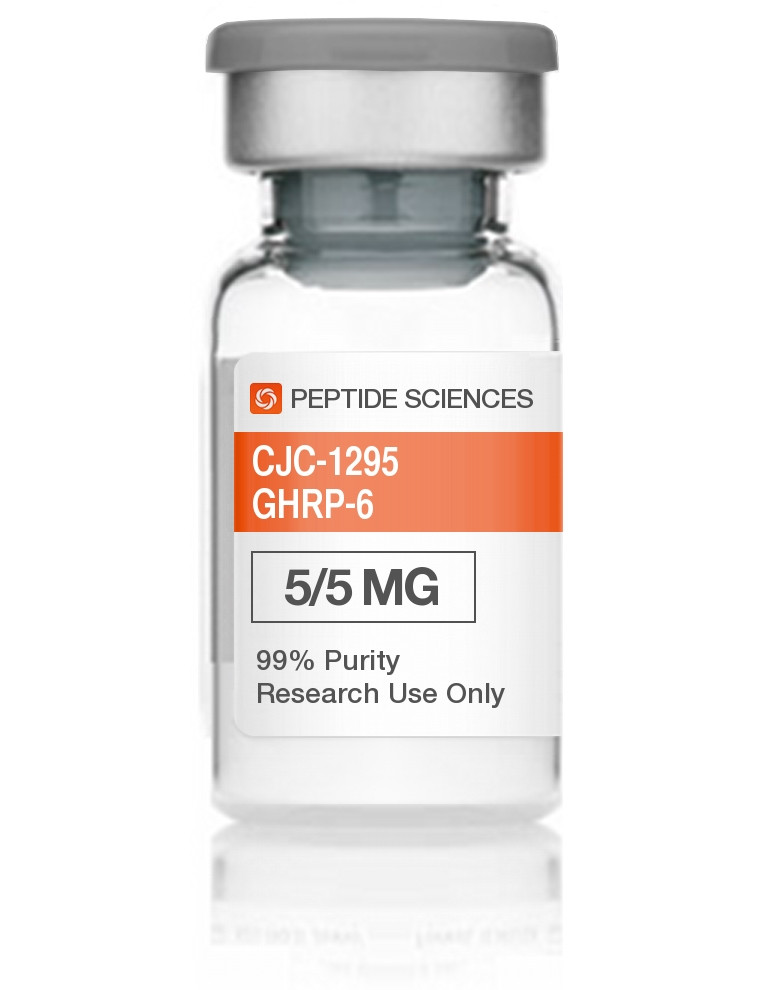
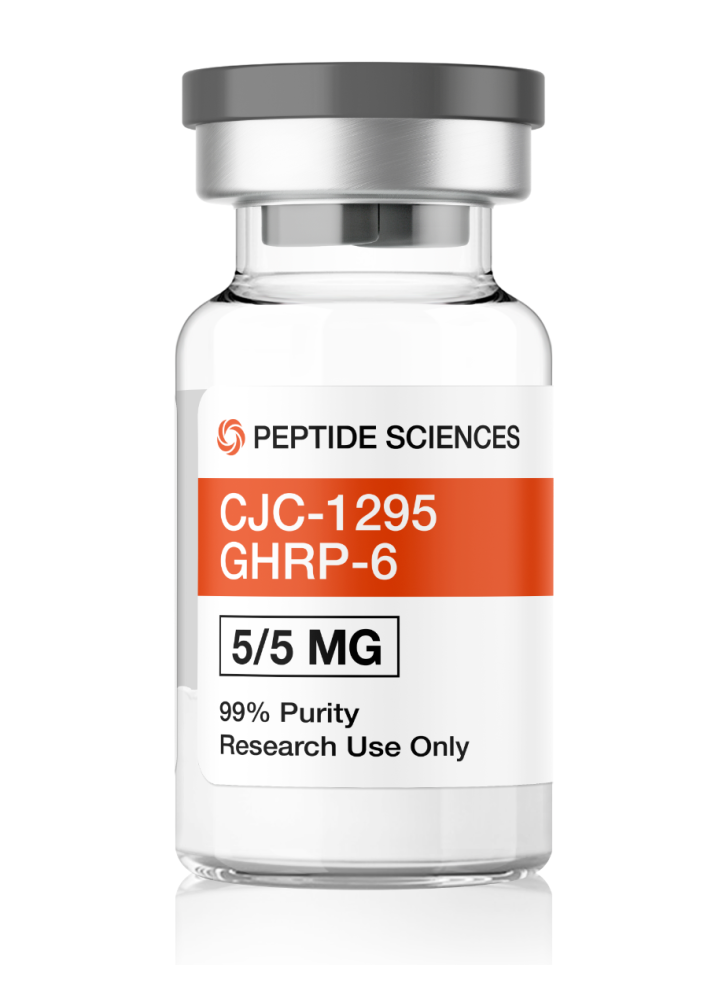
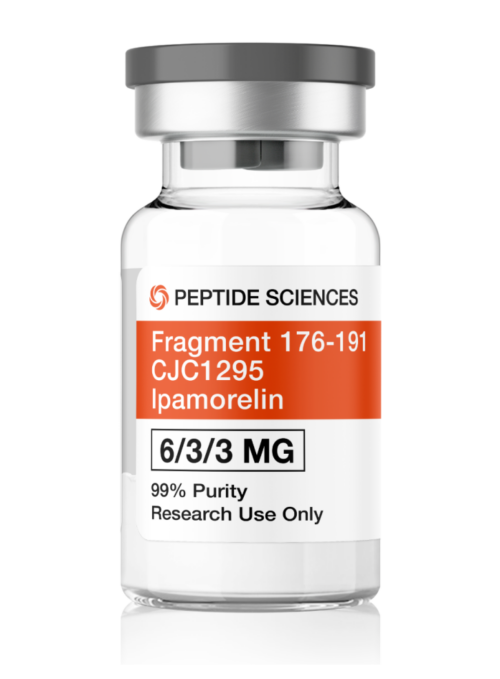
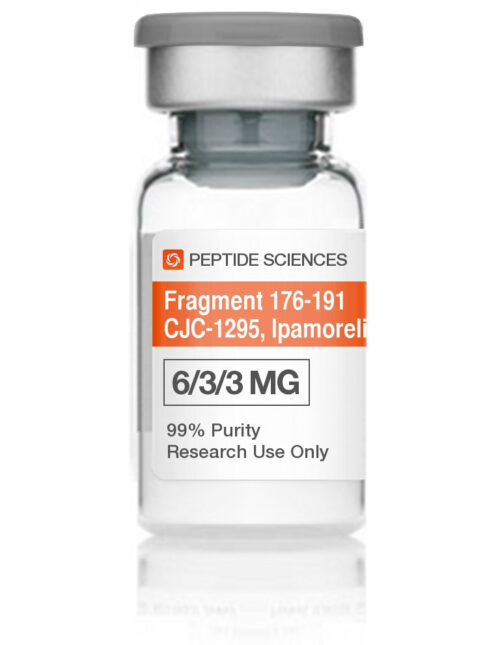
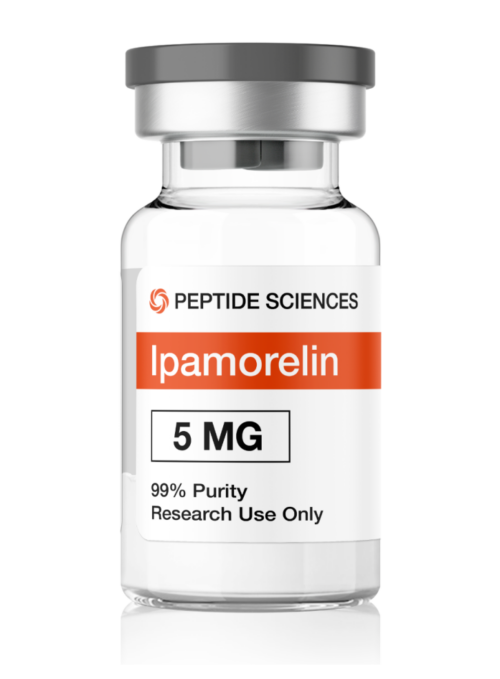
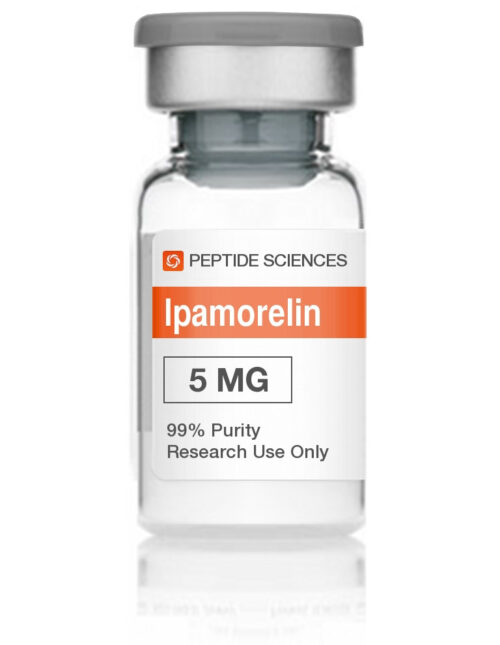
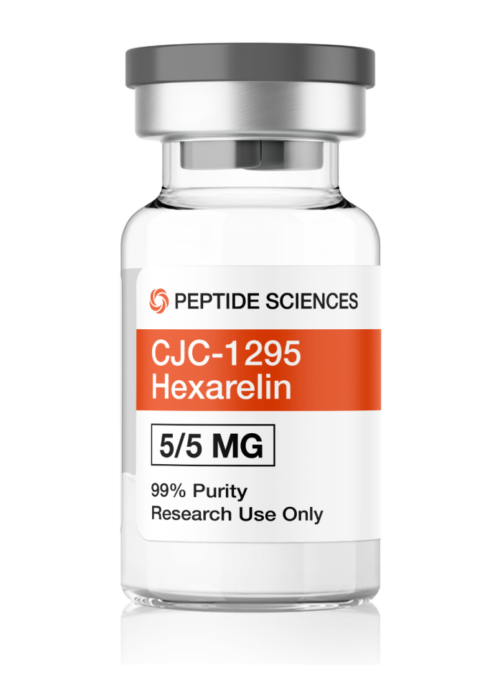
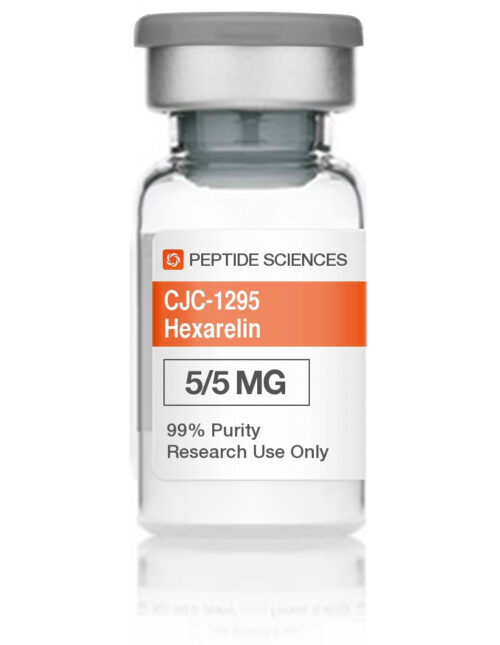
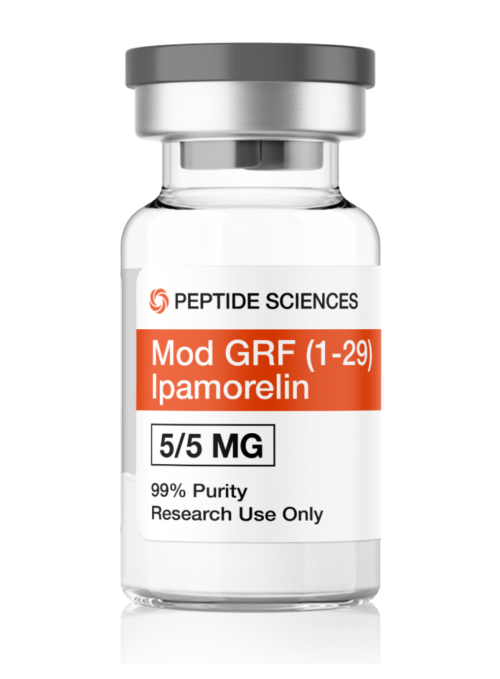
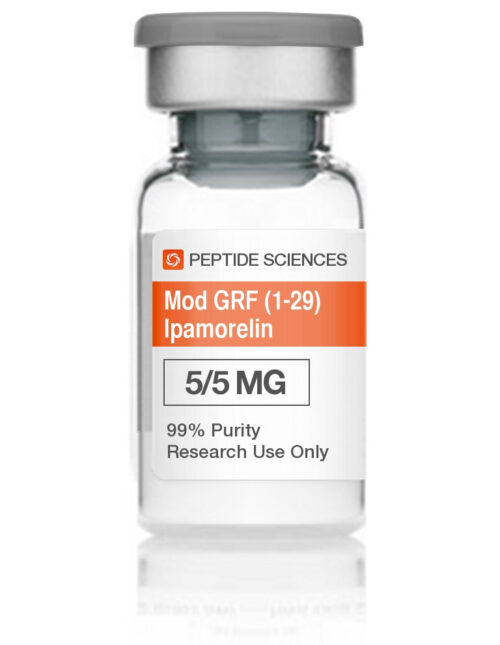
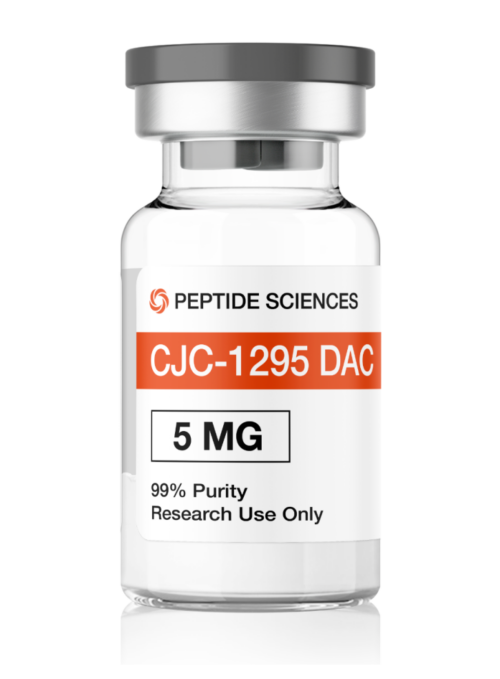
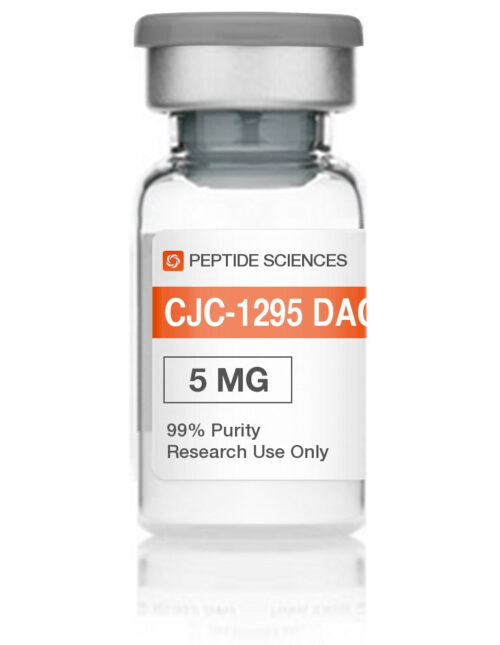
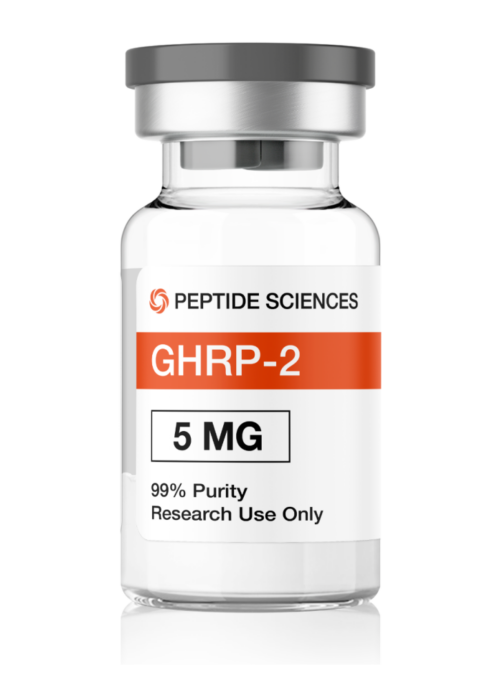
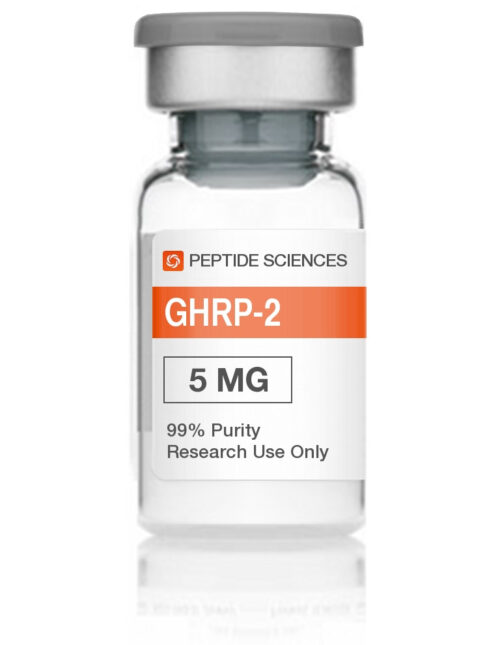
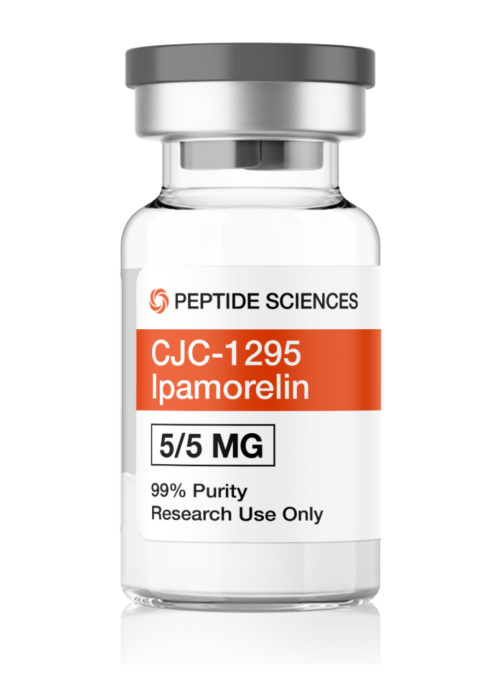
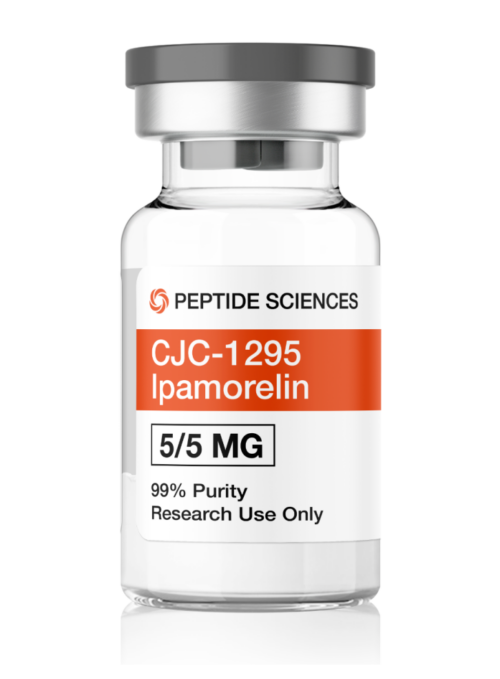
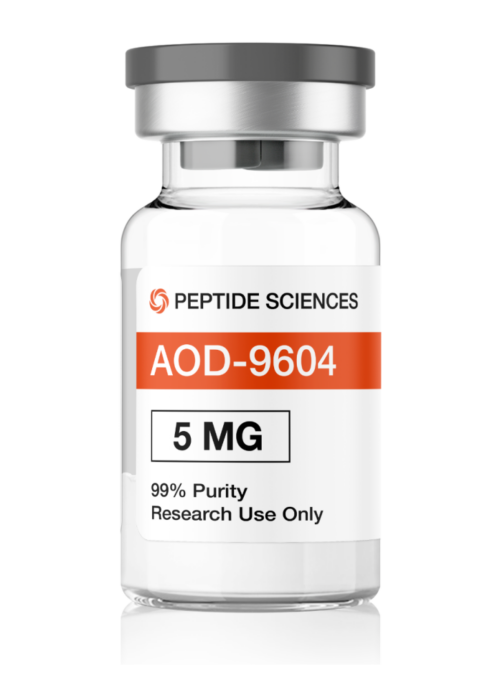
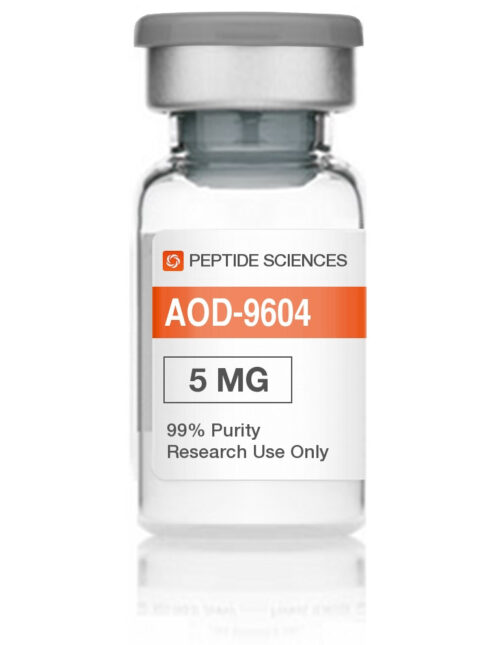

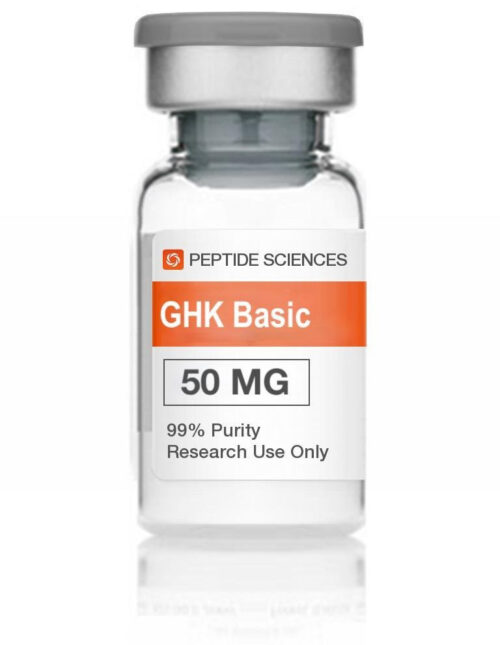
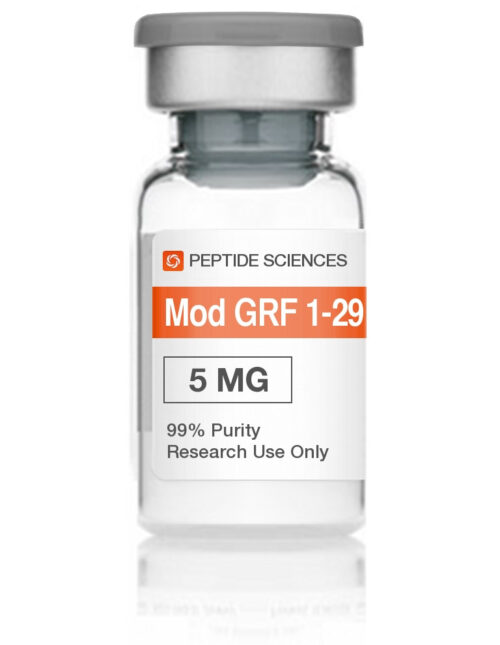
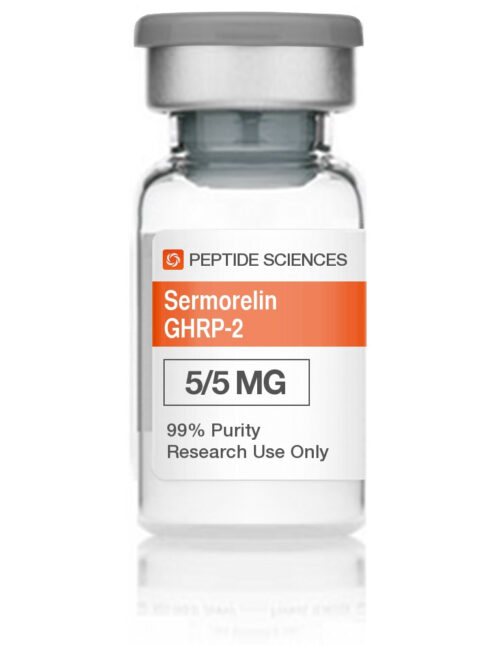
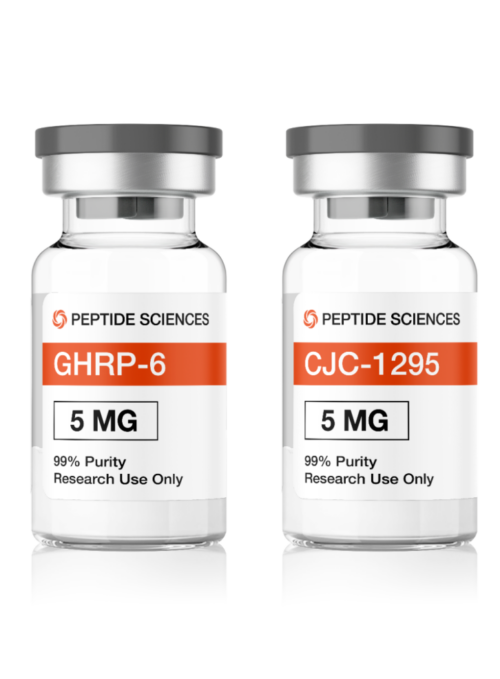

Reviews
There are no reviews yet.